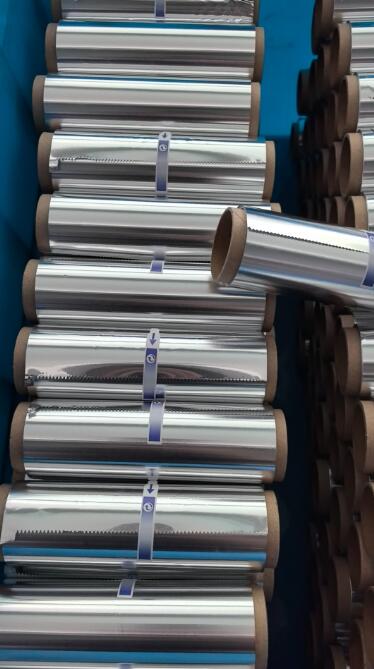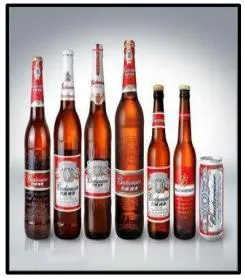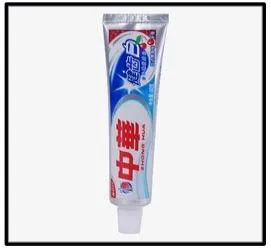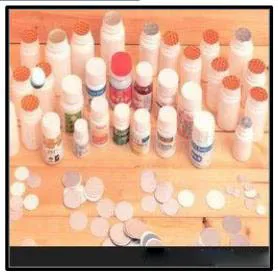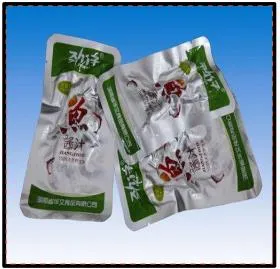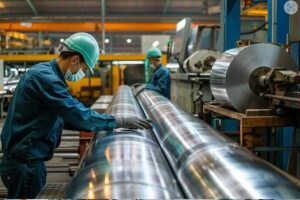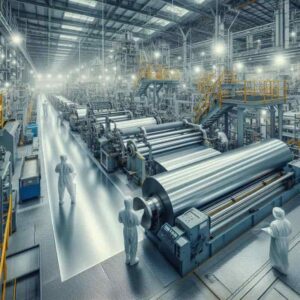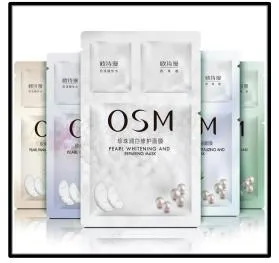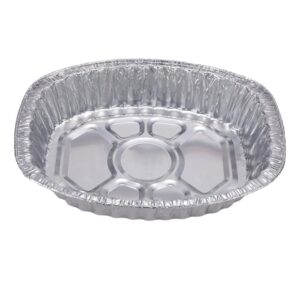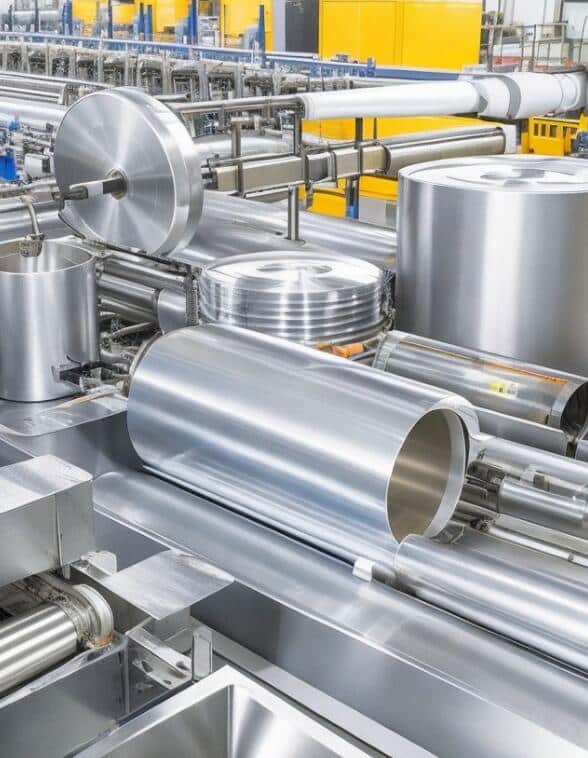Aluminum Foil Production Guide
History and Benefits
Aluminum foil’s history dates back to the early 20th century. Production began in America around 1913; Reynolds Wrap, one of the premier aluminum foil manufacturers, transitioned its packaging operation from tin foil to aluminum in 1910 as one example of this shift. World War II provided aluminum foil with new military applications; postwar advancements led to thinner yet more resilient production methods.
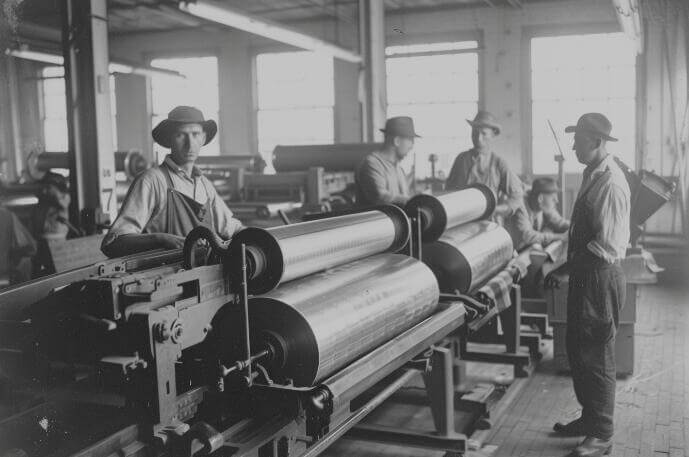
Aluminum foil’s benefits extend across numerous industries due to its exceptional thermal conductivity and moisture-retaining abilities. These industries include culinary, pharmaceutical packaging, building, electronics, automotive, and insulation applications. Aluminum foil demand in food and beverage alone could reach USD 12 billion by 2026!
Manufacturing Process
Raw Materials and Preparation
Bauxite Mining
Extraction Process: Bauxite mining begins by identifying deposits. Bauxite, formed of laterite soil and composed largely of aluminum oxide compounds, silica, iron oxides, and titanium dioxide, is extracted using heavy machinery. Mining operations clear land to access ore beds before transporting their contents to processing facilities.
Environmental Effects: Bauxite mining has an immense environmental footprint. Land clearing disrupts ecosystems and habitats while soil erosion and water contamination often result from mining activities. To mitigate its environmental impact, measures have been implemented by the industry for conservation; rehabilitation of mined areas includes planting vegetation back onto the site and replanting habitats as part of environmental preservation measures.
Alumina Refining
Bayer Process
The Bayer Process refines bauxite into alumina through crushing it and mixing it with sodium hydroxide in an immersion furnace under high pressure to dissolve aluminum oxide from its matrix. Once hot enough, cooling allows aluminum hydroxide to precipitate. Calcination at high temperatures converts this aluminum hydroxide to alumina.
Purification Methods: Filtration removes impurities from the solution prior to precipitation, and additional treatments such as washing and drying help produce high-purity alumina that’s ready for further processing into aluminum metal.

Aluminum Smelting Through Hall-Heroult Process
Electrolysis
The Hall-Heroult process begins by dissolving alumina in molten cryolite to form a conductive solution. An electric current is passed through it to induce electrolysis, separating aluminum from oxygen and creating molten aluminum deposits at the bottom of a cell, where workers then harvest it and cast it into ingots.
Energy Consumption: The Hall-Heroult process consumes large amounts of energy. Electrolysis requires massive electricity usage, impacting production costs and environmental sustainability. Efficient energy management is crucial to minimize costs while mitigating environmental effects. Innovations in energy-saving technology are essential for making processes more energy-efficient.
Casting and Rolling
Continuous Casting
- Continuous Casting transforms liquid aluminum into solid slabs by pouring it into molds and cooling and solidifying it as it travels through them. Continuous casting produces slabs with consistent qualities and dimensions, serving as the starting material for further rolling processes.
Hot and Cold Rolling
Hot Rolling: Used to reduce the thickness of aluminum slabs by compressing them in heated rolling mills at high pressures, increasing mechanical properties while simultaneously decreasing thickness and improving surface finish.
Cold Rolling: Following hot rolling, slabs undergo cold rolling where further thickness reduction occurs, improving surface finishing. A combination of hot and cold rolling produces the desired foil thickness.
Rolling to Achieve Desired Thickness
Rolling Mills
- Rolling mills play a pivotal role in producing aluminum foil. Receiving aluminum slabs or billets as raw material, these mills undergo several rolling operations to reduce thickness: beginning with roughing mills where slabs are compressed, intermediate mills continue thinning them out, and finishing mills achieve desired thickness levels by applying pressure with great force to maintain uniformity and consistency of foil thicknesses produced.
Thickness Control
- Accurate thickness measurement is key to creating high-quality aluminum foil products. Technicians monitor rolling mill sensors to maintain correct pressure on slabs of aluminum foil, then make adjustments as necessary to keep constant thickness levels and meet industry and customer standards and specifications.

Annealing
Heat Treatment of Aluminum Foil
- Annealing involves heating aluminum foil at specific temperatures to soften and make more flexible the metal, as well as enhance its mechanical properties for greater performance in various applications. For optimal results, it must be controlled accordingly to produce desired outcomes.
Quality Control
- Quality control is of utmost importance during the annealing process. Technicians perform extensive inspections and tests on every batch produced to ensure it conforms with industry specifications for thickness, surface finish, and mechanical properties. Any deviations need to be rectified immediately to maintain high product standards ensuring it fits its intended uses without compromise. Eventually, finishing and packaging complete this step.
Coating and Laminating
Coating and Laminating
- Coating and laminating aluminum foil significantly expand its functionality. Manufacturers apply coatings to strengthen resistance against corrosion and abrasion; additionally, they serve to provide moisture and chemical barriers. Laminating involves bonding aluminum foil to materials like paper or plastic to form multilayered structures for additional strength and durability; laminated foil packaging can even protect fragile items such as chocolate bars, chewing gum, and tobacco from being crushed during transport or shipping.
Embossing
- Embossing gives aluminum foil an added dimension by pressing patterns into it with special rollers, creating texture and visual interest. Embossing can add grip, usability, and aesthetics that appeal to consumers by improving grip, usability, and aesthetic appeal for household applications, such as making household tasks easier. This process also adds company logos or decorative designs into packaging designs for greater consumer attraction.
Cutting and Packaging
Slitting
- Slitting involves cutting large rolls of aluminum foil into narrower widths using precision slitting machines with great accuracy to meet specific width requirements for each roll. Slitting helps minimize waste while optimizing material usage; as its results make handling and packaging much simpler.
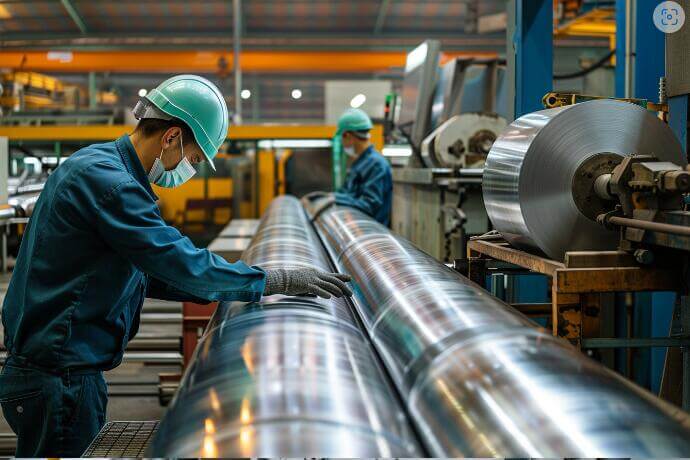
Packaging Methods
- Packaging methods ensure the protection and preservation of aluminum foil products. Rolls of foil undergo wrapping with protective material to minimize damage during transport; shrink-wrapping or boxing is sometimes employed by manufacturers for added security purposes. Proper packaging maintains quality while increasing shelf life – as well as being necessary in meeting industry standards and regulations.
Expert Testimony
- Packaging is essential in maintaining freshness, flavor, and quality for delicate goods such as chocolate, chewing gum, and tobacco products. Aluminum foil stands out among its competition as an exceptional material suited for protecting these fragile goods.
Applications and Innovations
Household Uses
Cooking and Baking
- Aluminum foil has become an indispensable tool in cooking and baking, thanks to its excellent heat conductivity properties. Chefs frequently employ aluminum foil as an effective moisture retention mechanism when packaging meals to maintain fresh flavors without losing moisture. Similarly, bakers line pans with it as it acts as an easy cleanup barrier and prevents food from sticking directly to pan surfaces.
Food Storage
- Aluminum foil excels as food storage material due to its ability to form an impenetrable protective shield from light, gases, oils, fats, volatile compounds, and water vapor – protecting food’s freshness and flavor while transporting. Households primarily utilize aluminum foil in this capacity in wrapping leftovers for later consumption or storing fruits and vegetables for longer. It also maintains quality while transporting packed lunches or picnic baskets without losing quality during transport – ideal features which many businesses utilize when packing lunches for picnics!
Industrial Applications
Insulation
- Aluminum foil plays an invaluable role in insulation. Reflecting heat away, its reflective surface acts as an effective insulator – used by construction industries for building insulation purposes or HVAC systems to increase energy efficiency. Furthermore, due to its lightweight yet sturdy nature, it makes aluminum foil an attractive material choice when planning any insulation project.
Electronics
- Aluminum foil’s properties make aluminum an invaluable component in electronics applications, from capacitors and transformers to shielding against electromagnetic interference (EMI) protection for sensitive electronic devices from external disturbances.
Recent Innovations
Eco-Friendly Alternatives
- Recent innovations focus on eco-friendly alternatives to aluminum foil production. Researchers are developing biodegradable coatings, which lower environmental impact while still meeting functional needs. Furthermore, some manufacturers explore using recycled aluminum as an additive in foil manufacturing; this approach conserves resources while decreasing waste.
Technological Advancements
- Technological advancements continue to revolutionize aluminum foil production and applications. Improvements to rolling mill technology provide better thickness control and surface finish; improved heat treatment processes from advanced annealing processes improve heat treatment processes; coating and laminating technologies enhance aluminum foil’s versatility – these developments ensure aluminum remains an invaluable commodity across various industries.
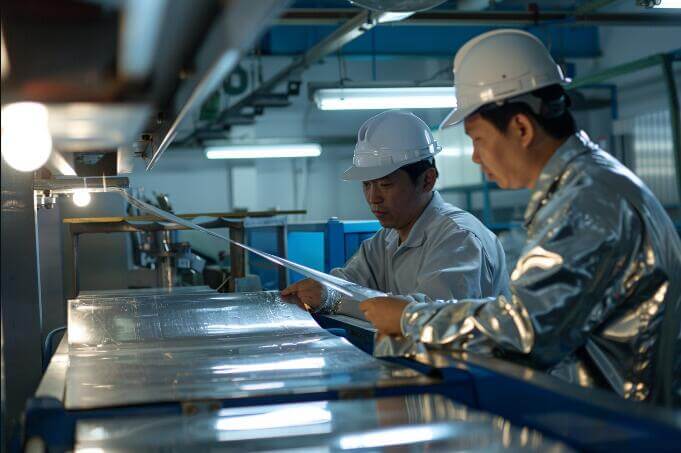
Expert Testimony
- To conclude, while the viral video depicting Vaseline being used to make an aluminum foil ball smooth with Vaseline may have been staged, its unique properties and versatility should never be discredited. Aluminum foil plays an invaluable role in our homes from maintaining freshness to heat distribution – its use should continue being explored further and explored creatively for a sustainable and convenient future.
Aluminum Foil Manufacturers
Leading Suppliers
Global Market Leaders
- A few companies dominate the aluminum foil market worldwide. Amcor Plc stands out as an essential player, providing innovative packaging solutions. Constantia Flexibles also holds strong with innovative products. Novelis Aluminum leads recycling efforts while Raviraj Foils Limited supplies superior-grade foils for various uses. Reynolds Group Holdings Limited remains well known as a reliable provider.
Notable Brands
- Many notable aluminum foil brands are recognized for producing superior aluminum products. Symetal stands out for providing flexible packaging solutions; Aliberico S.L.U has an array of aluminum products; Coppice Alupack Ltd specializes in sustainable packaging options; Eurofoil Luxembourg SA supplies industrial use high-performance foils, while JW Aluminum and Ardagh Group have advanced manufacturing processes which contribute significantly to market innovation and advancement; production standards can also vary dramatically according to brand.
Quality Certifications
- Quality certifications play an essential part in assuring product reliability. REACH compliance demonstrates compliance with European chemical safety regulations, while FDA certification demonstrates food-grade aluminum foil meets food-safety regulations. Many manufacturers obtain ISO 9001 certification to demonstrate a commitment to quality management systems that assure consumers of a product’s safety and effectiveness.
Compliance
- Aluminum foil production must adhere to industry standards. Manufacturers must follow guidelines from organizations like ASTM International; for example, ASTM B479-00 outlines requirements for food contact applications of anodized aluminum foil used as food wrap. Adherence to such requirements ensures consumer safety as well as helping companies maintain a competitive advantage in the market.

Aluminum foil production involves an intricate and delicate process from beginning to end, starting with mining for bauxite to final packaging stages showcasing quality and innovation throughout. Future trends indicate an increasing emphasis on eco-friendly alternatives and technological breakthroughs. Aluminum foil remains indispensable across numerous industries, such as culinary, pharmaceutical, and electronics sectors, meeting increasing demands for sustainable and high-quality products manufactured from aluminum. Manufacturers continue their evolution to meet this growing need through continuous product innovations, ensuring superior craftsmanship and dedication from start to finish!



